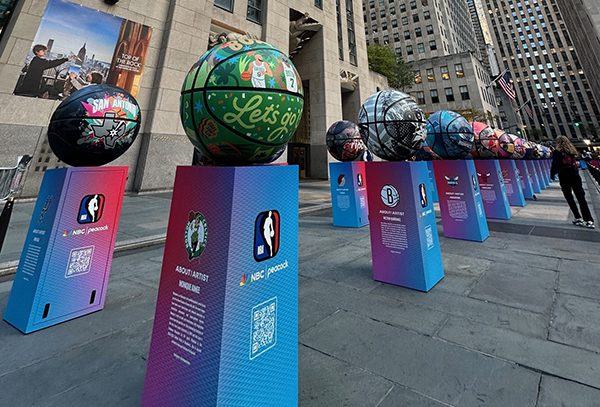Only 81% of commercial email is reaching inboxes, according to a new benchmark report from Return Path.
This means globally, one out of every five commercial email is landing in a spam or junk folder (7%) or getting blocked by ISP level filtering (12%), says Tom Sather, director of professional services for Return Path.
There was a slight up-tick in delivery rates in the US but overall, results stayed level, with B2B inbox rates at 80% and B2C at 86%. While Sather was a bit surprised that B2B delivery rates weren't much lower, given that they have to get through enterprise systems like Microsoft Exchange, B2B hasn't really been hit with reputation filtering yet.
"That will change over time, as B2B emails get outsourced into the cloud," says Sather. "The transition will happen slowly, so marketers will adapt."
B2B marketers in particular have a big challenge getting good leads. A reliance here on rented files can be dangerous, as rented lists can be riddled with spam traps, he warns. "That's what destroys email lists."
In B2C, many marketers aren't paying close attention to inbox placement rates. They might be seeing high delivered rates from their ISP—and this might not include emails that didn't reach the inbox. "You need this reporting capability, so you can find out why emails are being delivered to spam filters," Sather says.
New data about Gmail is showing that while many marketers are averaging a 91% deliverability rate, only 17% of those messages are being directed to priority inboxes within Gmail by recipients.
"That's pretty low," says Sather. "If I was a marketer and saw only 17% of subscribers were actively engaged with my emails, I'd want that to be significantly higher."
As more and more Gmail users enable their priority inboxes, marketer will have a better picture of how engaged subscribers are with their messages. After all, people don't typically interact with anything that winds up in their junk folder, meaning they won't clickthrough or convert, he notes. "And that means you're leaving money on the table."
The report looked at data from Return Path's Mailbox Monitor service from January to June 2011. The study tracked the delivery, blocking and filtering rates for more than 600,000 campaigns. For each campaign, whether the email was missing, received in the inbox or filtered to the junk/spam folder (for those ISPs that use such a folder) was recorded.



